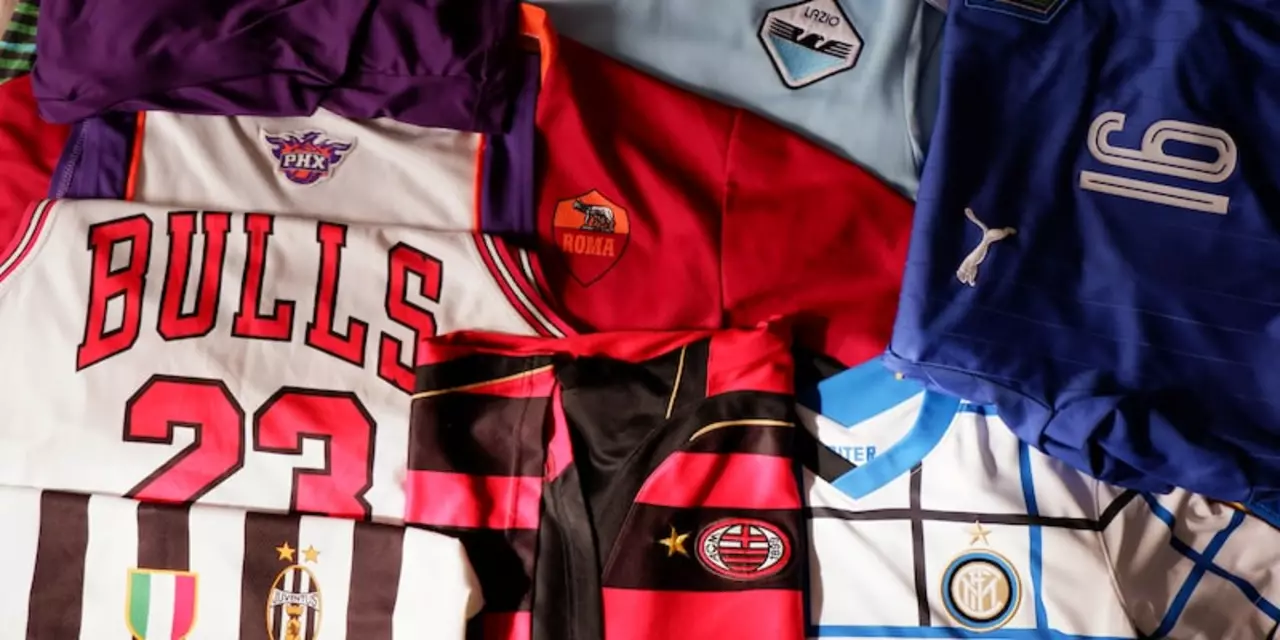What Americans Really Think About Soccer
When you ask a group of Americans about soccer, the answers can be all over the map. Some treat it like a weekend hobby, others follow the Premier League like it’s their religion, and a few still think it’s just a low‑scoring version of American football. The truth sits somewhere in the middle, and the story is worth a look.
Why Soccer Is Gaining Ground in the US
First off, TV deals have made it easier than ever to watch top‑level games. Networks now stream the English Premier League, La Liga, and even the UEFA Champions League live. That exposure turns casual viewers into regular fans. At the same time, Major League Soccer (MLS) is expanding, adding new cities and star players. When a hometown team builds a decent stadium, locals start turning up for matches just like they would for a baseball game.
Another driver is the growing youth participation. Kids in schools and clubs are learning soccer before they ever pick up a rugby ball. Parents love the sport because it’s cheap to play and reduces injury risk compared with tackle football. Those kids grow up watching the pros, creating a new generation of fans who already know the rules and the players.
American Football Fans vs. Soccer Fans
Many American football fans see soccer as a breath of fresh air. They appreciate the constant motion, the global culture, and the fact that a single match can decide a championship. Still, some critics complain that soccer lacks the “explosions” of a touchdown. They miss the big hits and rapid score changes. The key is that soccer offers a different kind of excitement – the tension of a penalty shoot‑out or a last‑minute goal can be just as thrilling as a game‑winning field goal.
Surveys show that about 30 % of regular NFL viewers also follow at least one major soccer league. Those who do often cite the sport’s international flavor and the skill of players as the main draws. On the flip side, a portion of hardcore soccer fans in the US prefer the sport’s purity and feel that the American emphasis on commercialism sometimes dilutes the experience.
What about the social side? Watching soccer together at a bar or a friend’s house is becoming a staple of American weekend plans, especially during big events like the World Cup. The communal chanting, the shared anxiety during extra time – they all add up to a memorable night out. That social vibe is a big reason why many Americans now count soccer alongside basketball or baseball as a go‑to entertainment option.
For those just getting started, the best way to dip a toe in is to pick a league and follow a few teams. Pick a club with a passionate fan base, watch a couple of highlights each week, and notice the flow of the game. You’ll quickly see why the sport feels “different” and why that difference matters.
In short, Americans aren’t a monolith when it comes to soccer. Some love the sport for its global reach, others enjoy it because it’s a refreshing break from the hard‑hitting football they grew up with. As TV coverage expands, youth participation rises, and MLS grows, the gap between the two fan groups keeps shrinking. Whether you’re a die‑hard NFL fan or a casual soccer watcher, there’s room for both passions in today’s sports landscape.
What do Americans think of their national soccer team?

